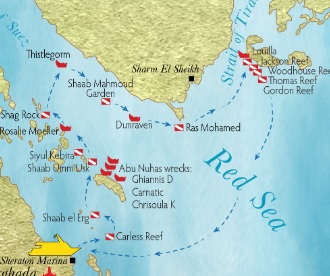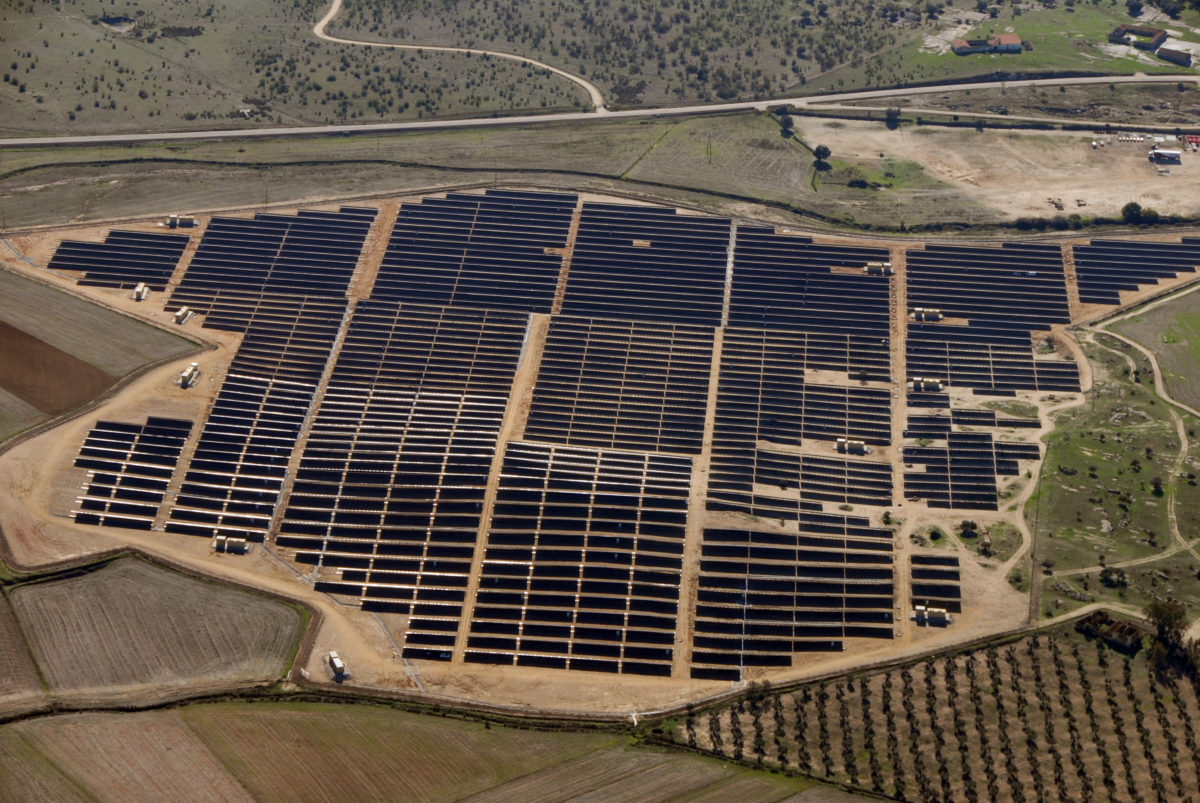Red Sea : The conflict among Israel and Hamas has up until this point not significantly affected the worldwide economy. However, a rush of assaults against dealer ships in the Red Ocean could change that amazingly.
Attacks in Red Sea:
The Houthis, a furnished gathering upheld by Iran that controls quite a bit of northern Yemen, have been utilizing robots and rockets to target ships since Hamas went after Israel on Oct. 7. That has constrained a few delivery goliaths and oil organizations to keep away from the Suez Waterway, an improvement that could hamper worldwide exchange and push up the expense of imported merchandise.
The Suez is an imperative course for holder ships and fuel big haulers. Merchandise and fuel from Asia and the Center East have advanced toward Europe and the US through the section since it opened in 1869. Constrained by Egypt now, England and other world powers have battled wars and participated in international interest over the trench for over 100 years.
Around 50 vessels go through the Suez Waterway daily, and that’s what ongoing information recommended, as of Monday, no less than 32 had been redirected, said Chris Rogers, head of production network research at S&P Worldwide Market Insight. He noticed that almost 15% of European imports were moved via ocean from Asia and the Persian Inlet, a large portion of which go through the Suez.
Peter Sand, boss expert at Xeneta, a delivery market examination organization portrayed the issues in the Red Ocean and the trench as “a gradually moving fiasco that truly exploded toward the end of the week.” He added, “Everyone associated with worldwide transportation, particularly with supply chains associated by the Suez Channel, is attempting to find out where their products are, where they are going.”
U.S. Guard Secretary Lloyd J. Austin III on Monday reported another global power that would look for “to mutually address security challenges in the southern Red Ocean and the Bay of Aden, fully intent on guaranteeing opportunity of route for all nations and reinforcing provincial security and success.”
On Monday, BP, the oil organization, said it was suspending shipments through the Suez Trench, refering to the “disintegrating security circumstance for delivery.”
The organizations that transport items like toys and gadgets from Asia in huge compartment ships have additionally said they will quit sending vessels into the area. A boat having a place with one of those organizations, Maersk, was gone after the week before.
Maersk said on Tuesday that its boats destined for the Red Ocean would be all rerouted around Africa through the Cape of Good Expectation “to guarantee the security of our team, vessels and clients’ freight installed.” Until it was more secure to utilize the course, the diversion around Africa would be “a quicker and more unsurprising result for clients and their stockpile chains.”
U.N. Security Board is set to decide on another truce goal that intends to deflect a U.S. blackball.
A further airstrike hits Jabaliya, Gaza authorities say, a region Israel thinks about a Hamas fortress.
The U.S. declares another team in the Red Ocean, however with few quick new responsibilities.
The unsteadiness close to the Suez Trench comes when a dry spell has constrained the administrators of the Panama Channel, one more basic connection in worldwide stock chains, to slice the quantity of vessels that can utilize that stream. Red Sea attacks is a major worry for global shipping.
About 12% of world exchange goes through the Suez Channel, and 5 percent through the Panama Waterway. While transportation organizations stay away from the trenches, they frequently should burn through large number of dollars more on fuel for boats to take longer courses.
Cruising from Asia to Europe by means of the Cape of Good Expectation rather than the Suez Waterway is a redirection that would extend the excursion from Singapore to Rotterdam in the Netherlands by 3,300 miles, or almost 40%.
Mr. Sand said taking the Cape of Good Expectation course could add generally $1 million, or around a third, to the expense of a full circle from Asia to Europe. He added that some delivery rates had increased 20% as of late.
A part of that extra expense could be given to customers similarly as expansion is easing back in the US and Europe.
The assaults have previously seemed to push up the cost of oil. Brent rough, the worldwide oil benchmark, has ascended around 5% from its low recently.
The monetary effect has pressed the US and different nations to stop the assaults by the Houthis. Delivering chiefs said such power was essential.
“In the event that you shut down the Suez Trench, it would have some gigantic far reaching influences,” said Oystein Kalleklev, the CEO of Avance Gas, which transports propane from the US to Asia. “In this way, we will imagine that there will be adequate maritime boats to balance out the circumstance.”
A little more than quite a while back, the Suez Waterway was the wellspring of another production network alarm. One of the biggest compartment transports at any point assembled stalled out for quite a long time in the waterway, obstructing different vessels from utilizing the intersection. That episode happened when supply chains were overpowered by the gigantic interest for home apparatuses, hardware and different merchandise during the pandemic.
By examination, the ebb and flow assaults in the Red Ocean are going on during a time of moderately slack interest. Accordingly, Mr. Rogers of S&P said in an email, their effect will be restricted “assuming that the disturbance endures days as opposed to weeks or months.”
The deferrals at the Panama Channel incited a delivery organizations that transport products from Asia toward the East Shoreline of the US to send ships through the Suez Trench all things considered. However, the issues in the Red Ocean could now drive them to circumvent the Cape of Good Expectation, extending those excursions much more.
Not at all like the Suez Trench, the Panama Waterway utilizes locks, which lift vessels all over as they cross starting with one sea then onto the next. The absence of downpour has diminished how much water accessible to fill the locks, and the Panama Trench authority has needed to lessen the quantity of boats utilizing the stream. That number could fall further in light of the fact that the dry season is simply starting.
“The Panama Channel circumstance,” Mr. Kalleklev said, will not be “over at any point in the near future.”
For more news please visit our site Major US visa rule changes in 2023: U.S.A. changed guidelines for H1B, EB5, F1 visa holders
For more trending news please visit https://news.google.com/






